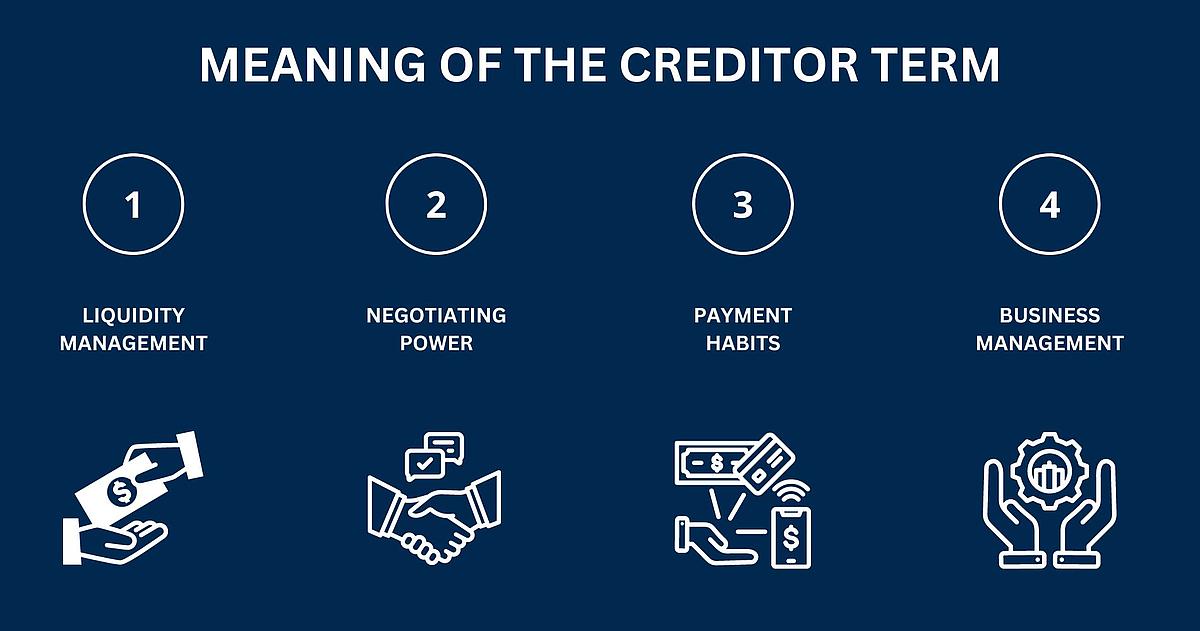Creditor definition: What is a Creditor?
A creditor is a natural or legal person who supplies goods or services to a company on a credit basis. This means that the company does not pay for the goods delivered or services rendered immediately, but incurs a liability to the creditor which is settled at a later date. Creditors are therefore also referred to as creditors in accounting, as they are entitled to payment from the company. These liabilities are shown on the company's balance sheet as current or non-current liabilities, depending on the agreed payment term. The management of creditors is crucial for a company's liquidity and financial stability.
Meaning of Creditor: Where does the word come from?
The word “creditor” comes from Latin and is derived from the verb “credere”, which means “to believe” or “to trust”. A creditor is someone who places trust in another by supplying goods or services on a credit basis, i.e. without immediate payment. The term thus reflects the trust that the supplier or service provider places in the buyer that the latter will settle his debt at a later date. In business and finance, the creditor is therefore a central figure who ensures the financing and smooth flow of goods and services between companies.





















